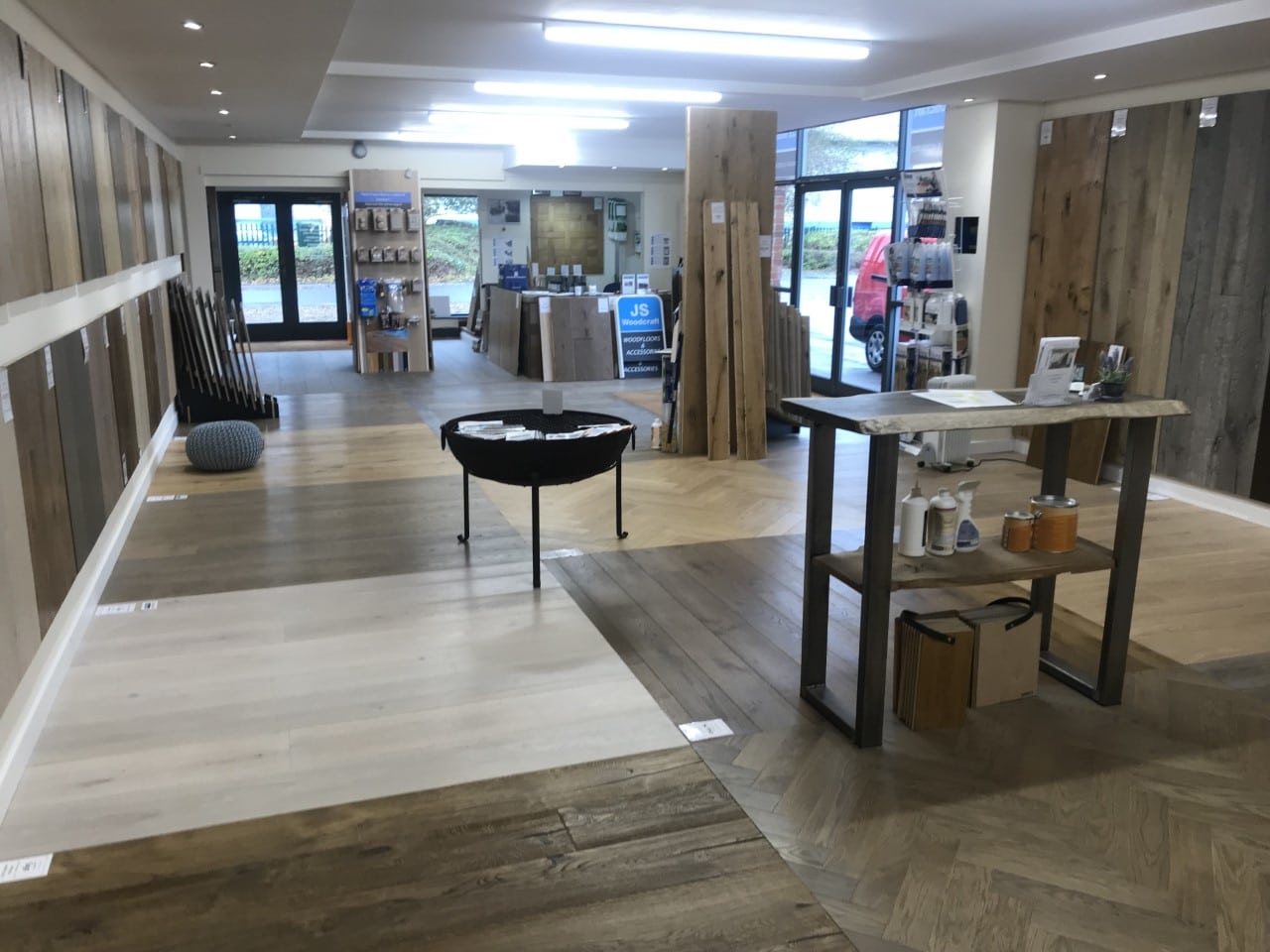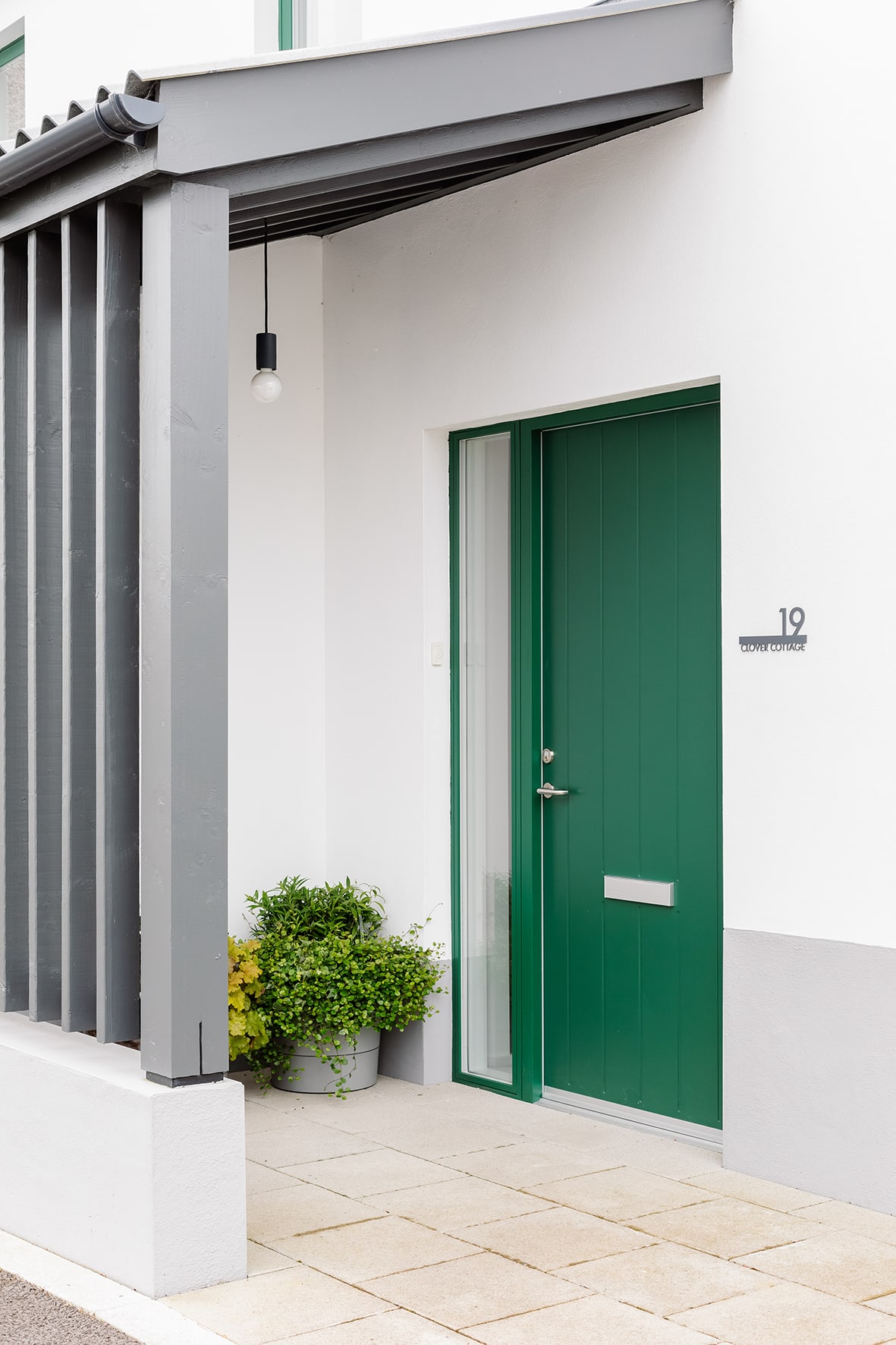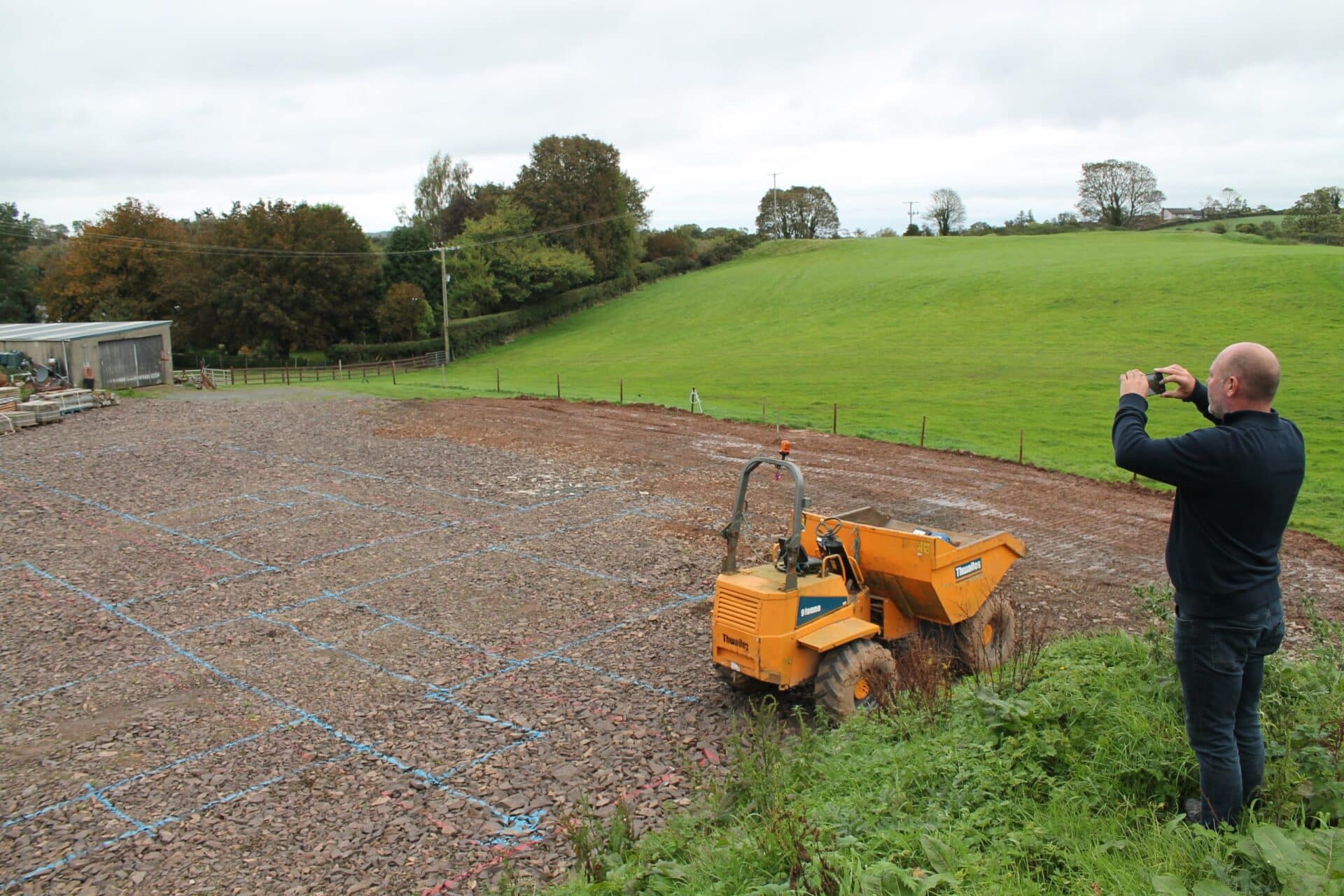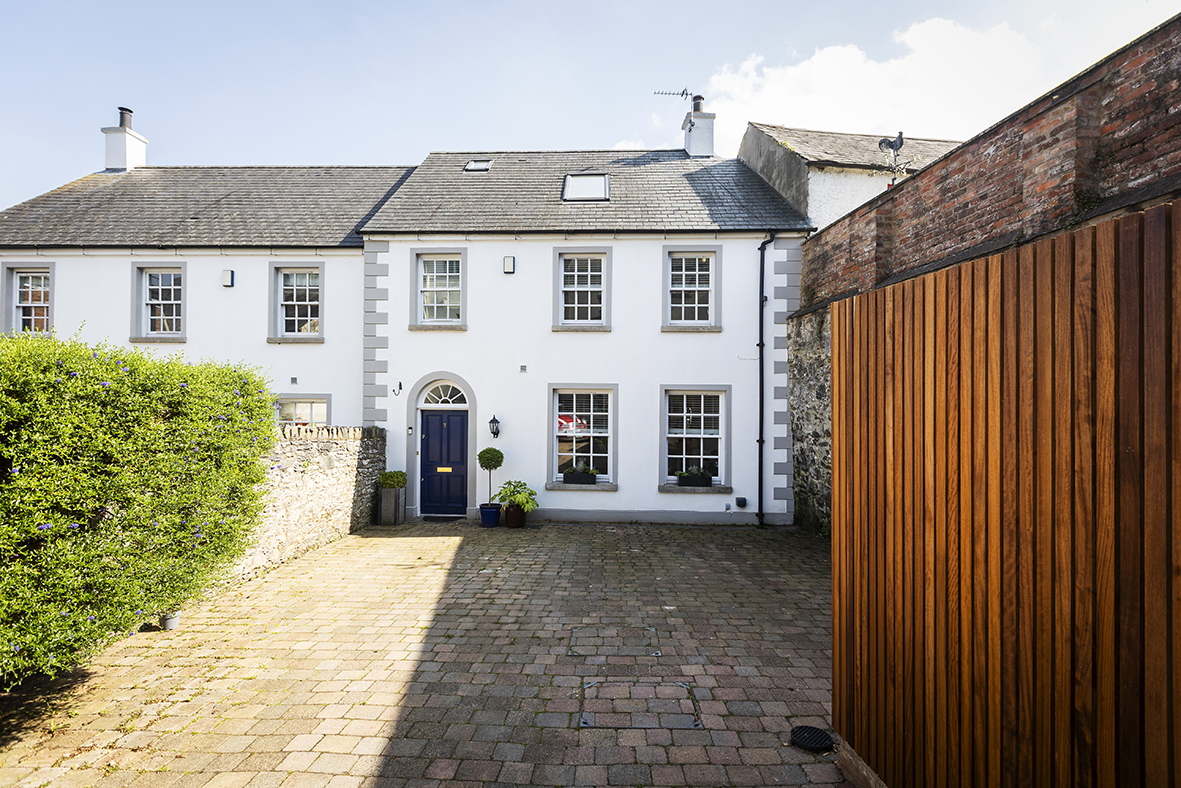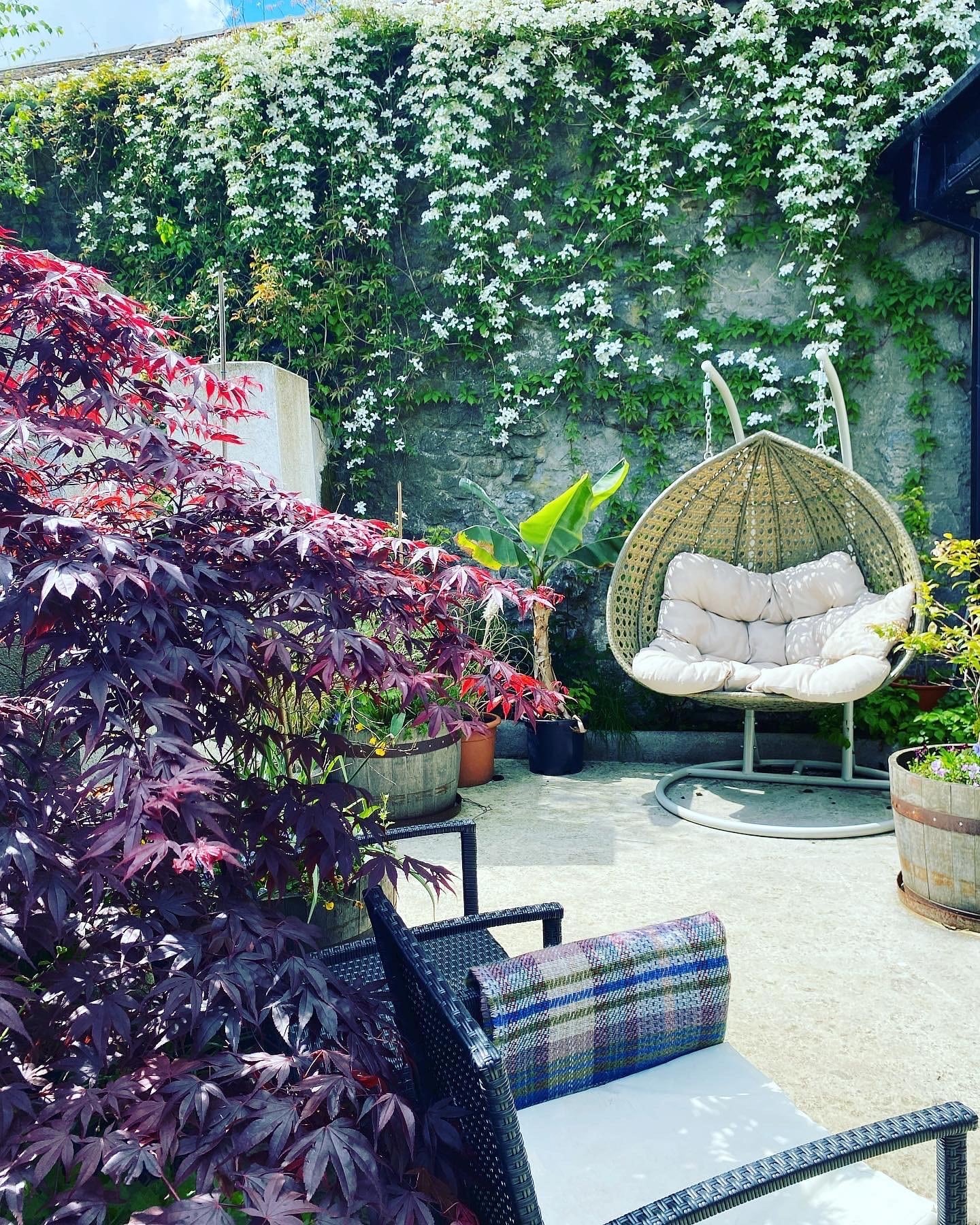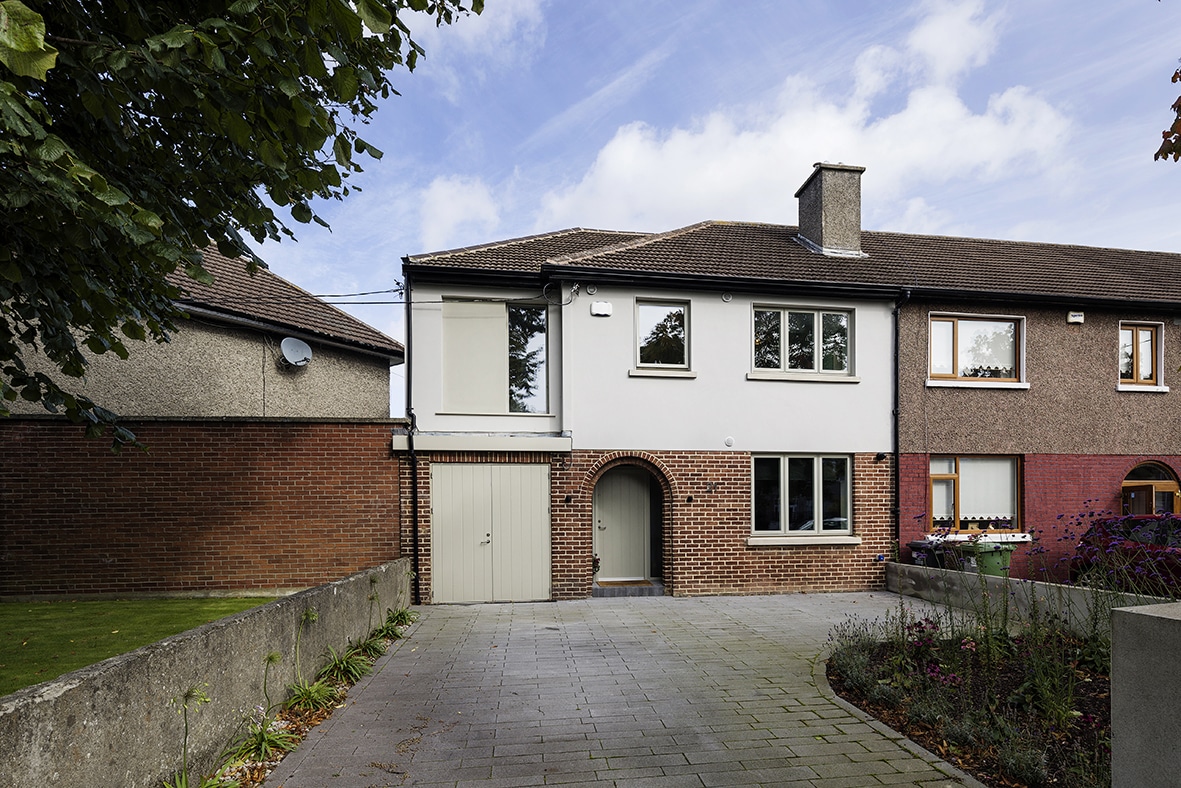Although 300 x 300mm is still the best selling floor tile size, think about using larger format tiles such as 400 x 400mm and 600 x 400mm to give continuity to larger floor spaces. For wet rooms, it’s vital the walls and floor area are tanked with a waterproof lining before any tiling is installed.
Once fitted, tiles are also exceptionally low maintenance, with only surface cleaning and occasional re-grouting (note that grout is more difficult to clean than the tile itself). It’s also a good idea to use smaller tiles that require narrow grout spacing around cooking areas because the wider grout areas of a large format tile are more vulnerable to staining. Remember, grit is the biggest enemy of any floor material and a mat adjacent to external doors is strongly recommended. Some terracotta, natural stone and slate tiles may therefore need more regular re-sealing in patios than in other areas.
Wiping down an area of tile is, of course, a lot less work than carpet, wood or painted surfaces. What’s more, glazed tiles don’t attract dust and are ideal for people with asthma or allergies as they don’t harbour dust, pollen or dust mites. It’s also worth considering tiled floor areas on the ground floor if you have pets as they will not absorb odours. For extra hygiene, choose grouts and sealants with anti-bacteriological protection. For outdoor use, you can specify frost-resistant tiles that also provide a non-slip surface around a patio or porch.
In bathrooms, match the tile size and shape to the room; choose a large format tile for bigger spaces and a slightly smaller tile for a mini-cloakroom. As for colours and patterns, generally a white or lighter-coloured tile will make the room feel clean and airy; darker shades of tile are more likely to show limescale staining. Small mosaic tiles can be used in any size of room but are best suited to small areas such as a shower cubicle or splashback.
Most of us now view the patio as an extra ‘room outside’ to entertain and relax in as much as to garden. Tough slip resistant tiles are an alternative to traditional paving stone but make sure your supplier can offer tiles that are strong enough to be used in exterior locations and are frost-resistant – often termed ‘vitrified’. If you use the same floor tile in the conservatory and then through onto the patio you won’t be able to tell where the house ends and the garden begins. Finally, there is nothing quite as impressive as a beautiful tiled floor in your hallway and/or porch! You can choose from very modern porcelain floor tiles or traditional Victorian patterned ones.
Cost
As a rule of thumb, sheets of mosaic tiles will always be more expensive than standard format. Porcelain will cost you in and around €20 per m2, although the starting price is about half that, while mosaics made from porcelain will cost about €24 per m2. For natural tiles you could set yourself a budget of €25/£20; a basic natural black slate will easily cost upwards of €20 per m2 while marble can cost in the order of €80/£150 per m2; a basic natural stone mosaic will cost about €8 for a 75 x 300cm sheet.
Carpets and rugs
Types
Still the number one choice in most homes, carpets come in a huge variety of textures, patterns, colours and, of course, price. There are many options but you can either opt for a synthetic carpet, a natural fibre carpet or a blend of the two. Synthetic carpets are most often made of nylon, polypropylene and polyester. In the US you can even get biodegradable plastic carpets and rugs, made from bio-based polymers, i.e. instead of being made from petroleum the plastic is made from cellulose or starch. Another more eco-friendly alternative to traditional synthetic carpets is polyolefin (polyethelene and polypropylene), which is considered to emit less VOCs.
In non-woven carpets, the pile is secured to the backing by latex; tufted and woven carpets, as in Wilton or Axminster, rely on a process that loops the carpet pile into the backing material. The fibres for the pile most often include wool, nylon, polypropylene and polyester, in a blend, as each has useful characteristics.
Natural fibres include wool, which is the most popular alternative thanks to its flame resistant and easy to clean properties, but it can be expensive. Coir, which comes from the outer husk of coconuts, is hard wearing and is used in high traffic areas (but not in kitchens or bathrooms). Sea grass, meanwhile, comes from field grass flooded with sea water prior to harvesting (not really suitable for kitchens or bathrooms although the material is quite impermeable to water), and sisal comes from the leaves of desert plants and is suitable for anywhere. Jute comes from a woody herb that grows in warm and humid conditions, akin to hemp, which can also be spun into a yarn. Jute is hard-wearing but shouldn’t be used in bathrooms.
Other natural fibres include paper, which is twisted to form a yarn, and it is often combined with sisal or resins to make it more hard wearing; it can be used in bathrooms but puddles of water must be dried out quickly and the product specified for bathroom use. Sisal can also be combined with wool to form ‘sisool’, making for a more flexible, durable and softer material. It’s often backed with jute and can be used anywhere in the house although as with most carpets, kitchens and bathrooms are to be avoided. Mountain grass, silk, goat hair and leather (cow hide anyone?) are other natural carpet and rug alternatives.
Carpet tiles, meanwhile, are probably, together with wood, one of the most universal flooring materials. They are synthetic, made from either nylon or a mix of that with polypropylene. They wear well and can even be used in a kitchen provided that they are firmly secured to the surface. Individual tiles are replaceable. Sometimes prone to creating static electricity.

